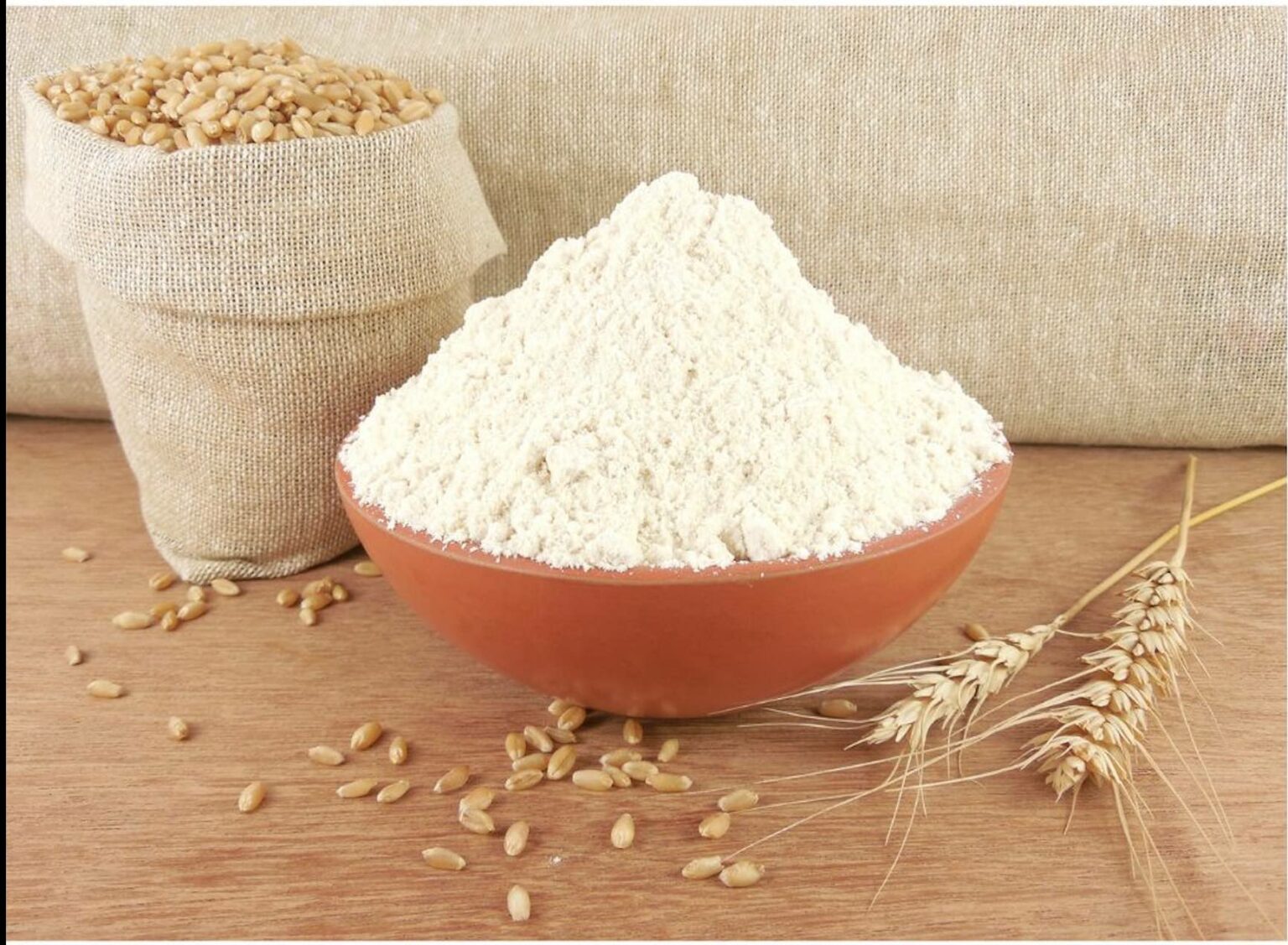

Gluten is the protein found in wheat. Gluten consists of two main components: gliadin and glutenin. Gliadin has been touted as the cause of gluten-intolerance.
Celiac disease makes a person unable to eat any gluten at all without becoming very ill. This disease affects only about 1% of the population. Gluten intolerances can cause everything from mood swings to joint pain and abdominal cramping. These medically diagnosed intolerances also make up a tiny percentage of the population.
Humans have been eating wheat in various forms for millennia. So why are so many other people cutting gluten from their diets now? They swear that doing so makes them feel better – everything from more energetic to less bloated and “inflamed”? Can this be true? What’s causing this upswing in gluten-free diets?
In 2015, research published in the peer-reviewed journal Cereal Chemistry, and additional results presented at the Canadian Nutrition Society annual meeting, showed that the nutritional composition of modern wheat is similar to wheat grown in Canada 150 years ago.
While some claim the protein composition of the grain (including gluten) has been fundamentally altered by the agriculture industry, the truth, as discovered by the University of Saskatchewan researchers, is that the overall nutritional quality and composition of wheat grain has not changed over the decades.
This study and others since, debunks claims that modern varieties of wheat are causing gluten intolerance because of how their protein content has been manipulated. It’s simply not true, say the researchers (https://foodandnutrition.org/blogs/stone-soup/wheat-not-changed/).
Scientists and doctors continue to study what’s behind this surge in gluten intolerance, and they have some working theories.
Is there a limit to how much wheat / gluten the human body can handle? In the last 50 years or so, wheat / gluten has infiltrated more and more processed foods – everything from soy sauce to hotdogs and flavoured potato chips. That means people are eating a lot more wheat than they ever have before.
Is our use of antibiotics to blame? Antibiotic use has risen over the decades. These life-saving medicines kill harmful bacteria, but also the good bacteria we need in our bodies to be healthy. The lack of healthy gut microbes that help digest gluten and aid nutrient absorption could be the culprit behind the upswing in gluten intolerance.
The processed foods we eat are causing a disruption to our gut microbes that make absorbing gluten and other nutrients difficult.
Is gluten not the problem at all? Giving gluten the swerve is popular and trendy, often promoted by celebrity influencers. People self-diagnose as being gluten intolerant, but actually may not be. Do people who give up gluten feel better because along with that dietary change, they make other, healthier food choices and other, positive lifestyle changes?
Is the real culprit lectin, not gluten? Lectins are proteins found in all plants and especially in legumes and grains. Gluten is actually a type of lectin, and as more and more gluten infiltrates our diets, so does lectin. Lectin is sometimes called an anti-nutrient because it can create a barrier that blocks the digestive system from absorbing nutrients. This poor absorption could also be damaging our healthy gut microbes and causing us to feel ill. Fortunately, lectins are destroyed when plant foods are cooked
The bottom line is that we do not know exactly what’s causing this rise in gluten intolerance or if there even IS an upswing in actual gluten intolerance but more and more information is becoming available all the time.
What we do know is that eating unprocessed, whole foods that have been properly prepared is key to having healthy gut microbes and the good health that comes with them.
For more information and news about this topic and other food and health-related content, subscribe to my weekly blog and my newsletter at https://www.chefcolleen.ca/contact/
Introducing ...Sunny Gold Sweet Mustard Pickles! Dismiss